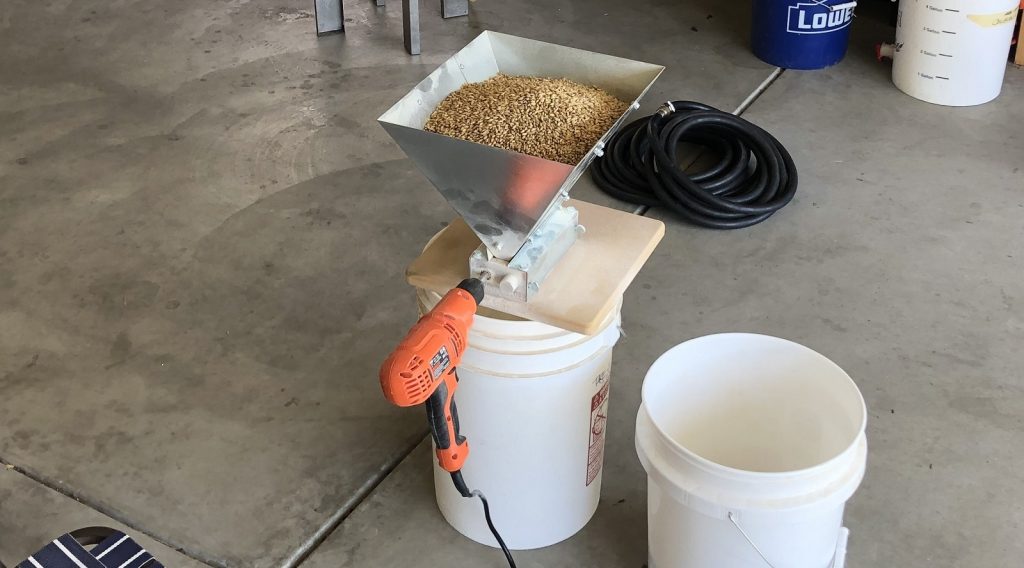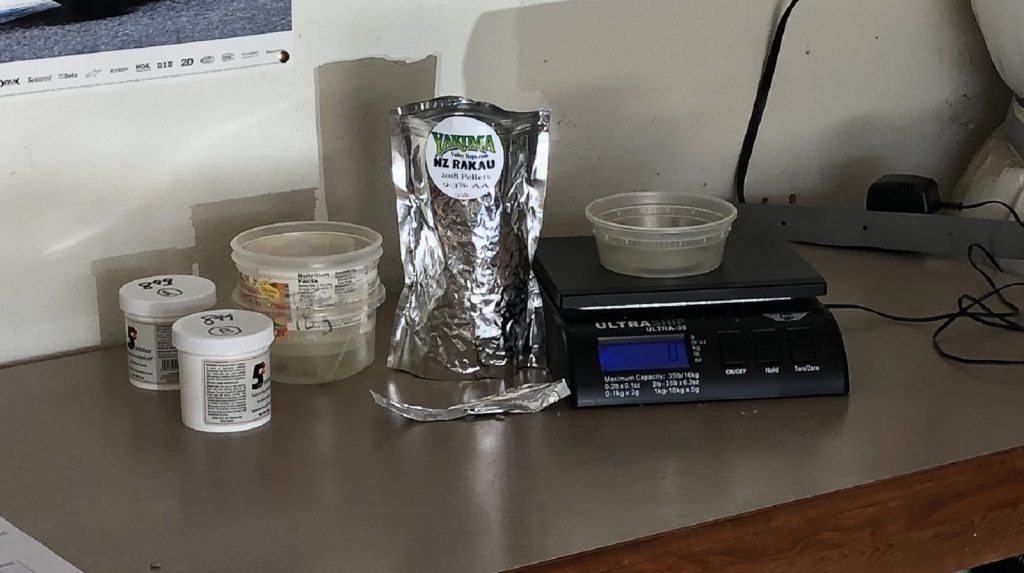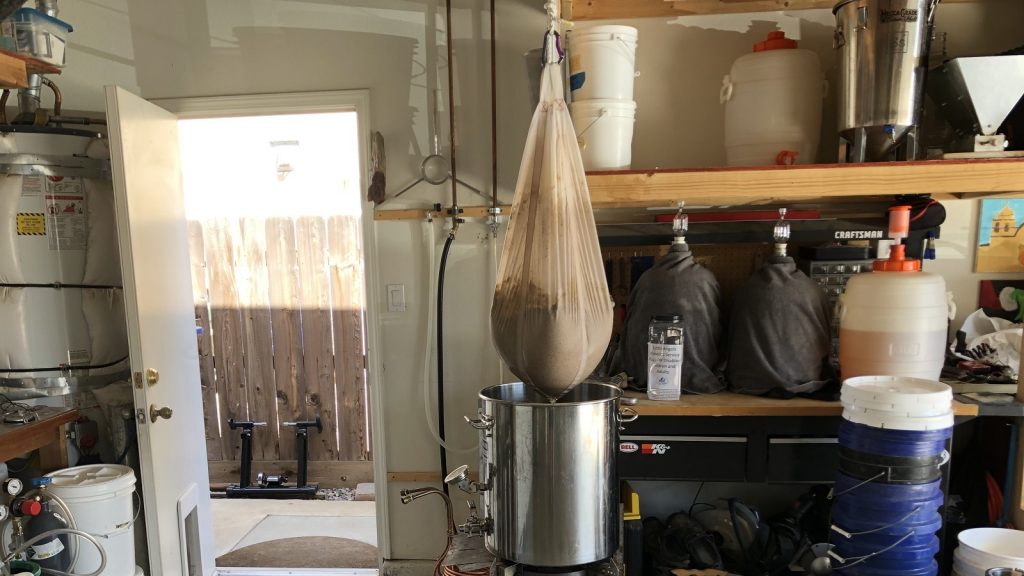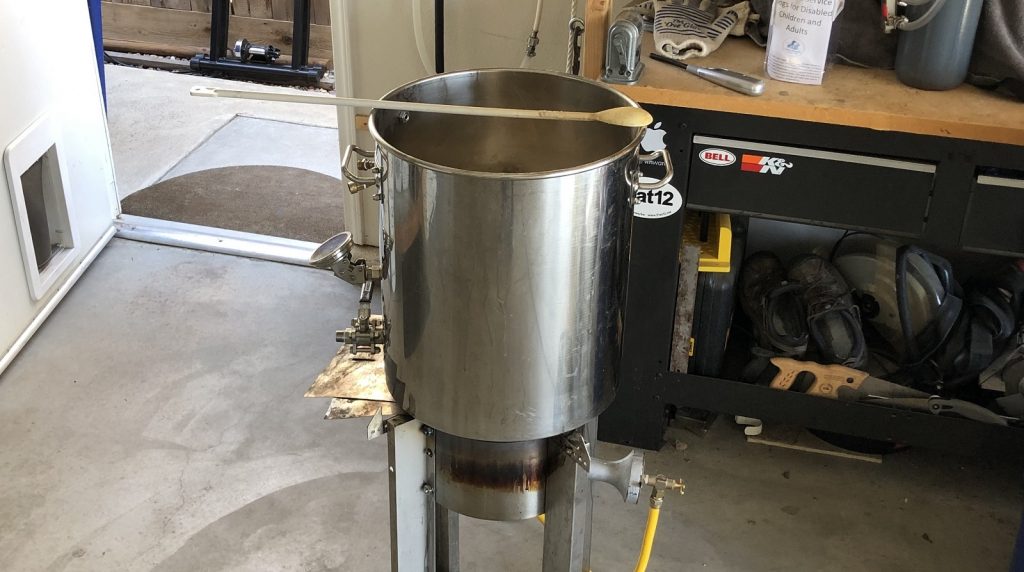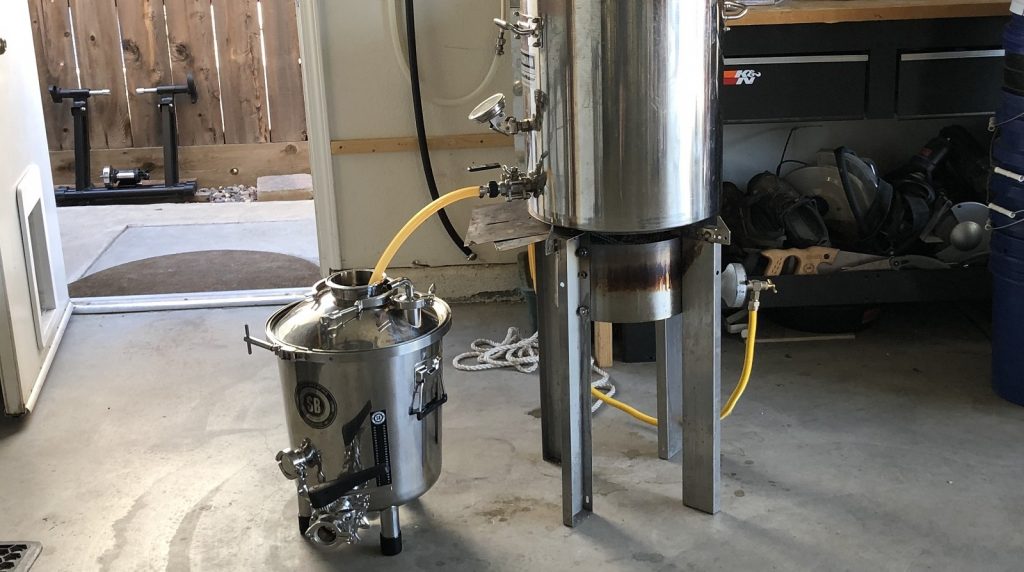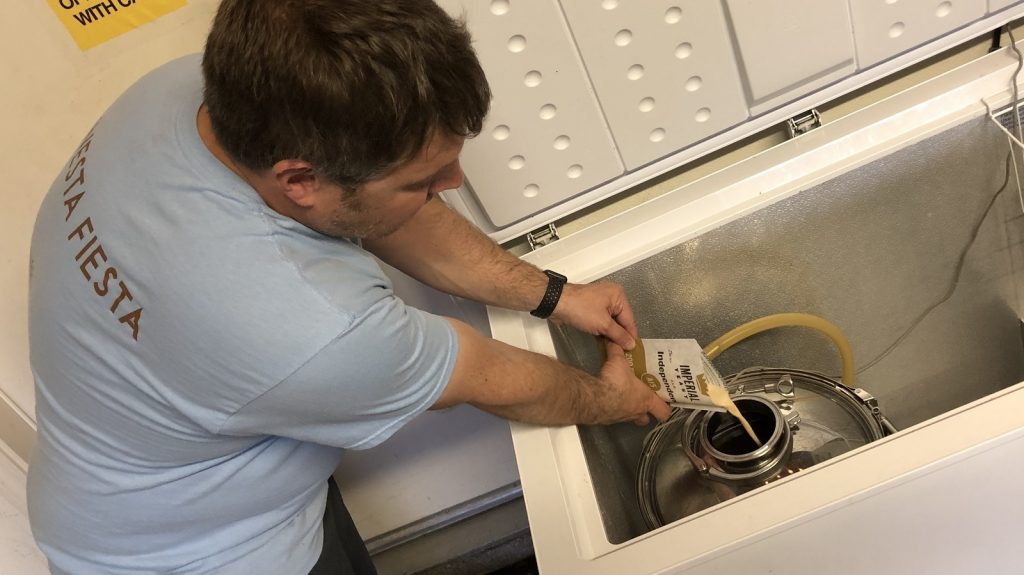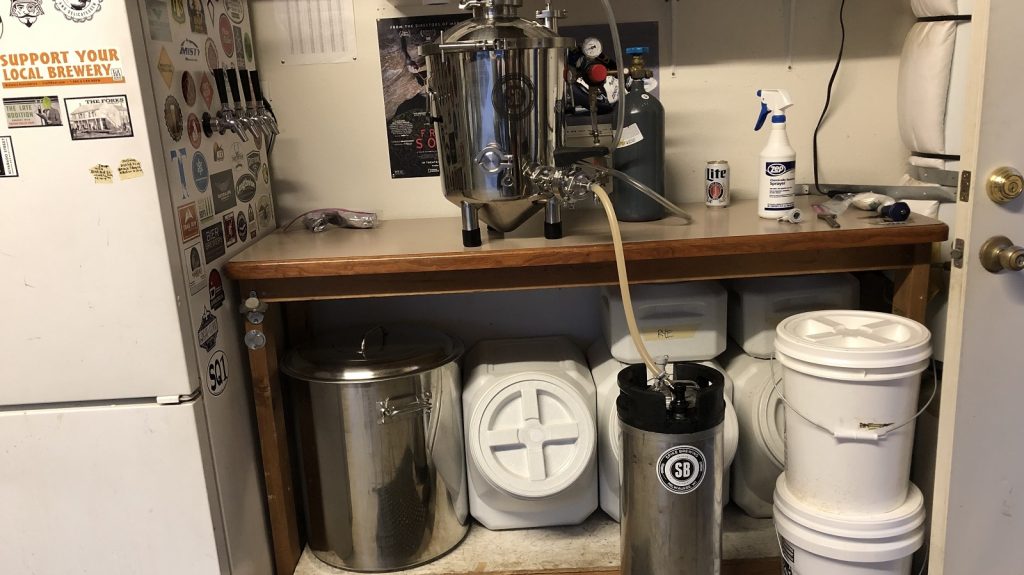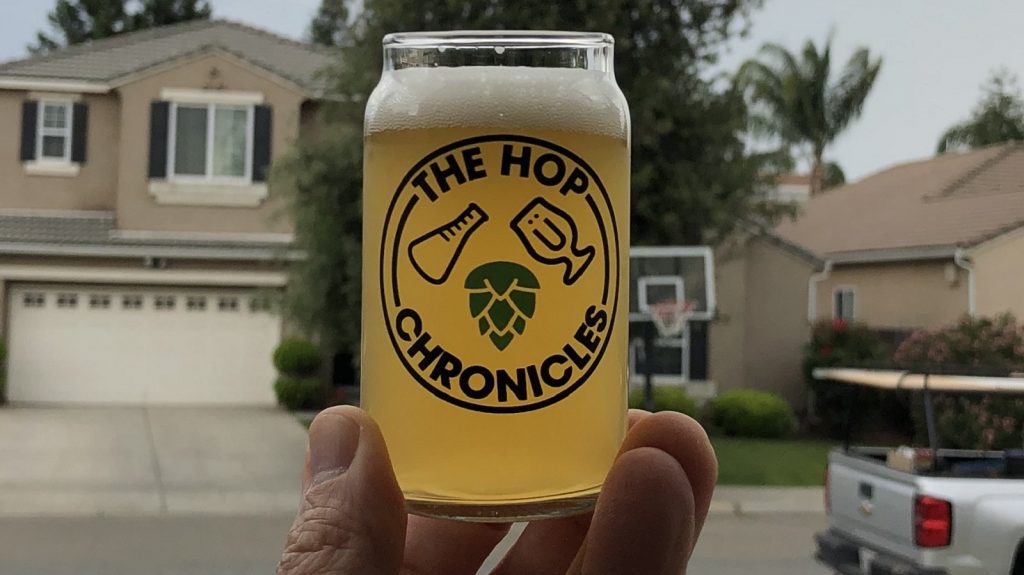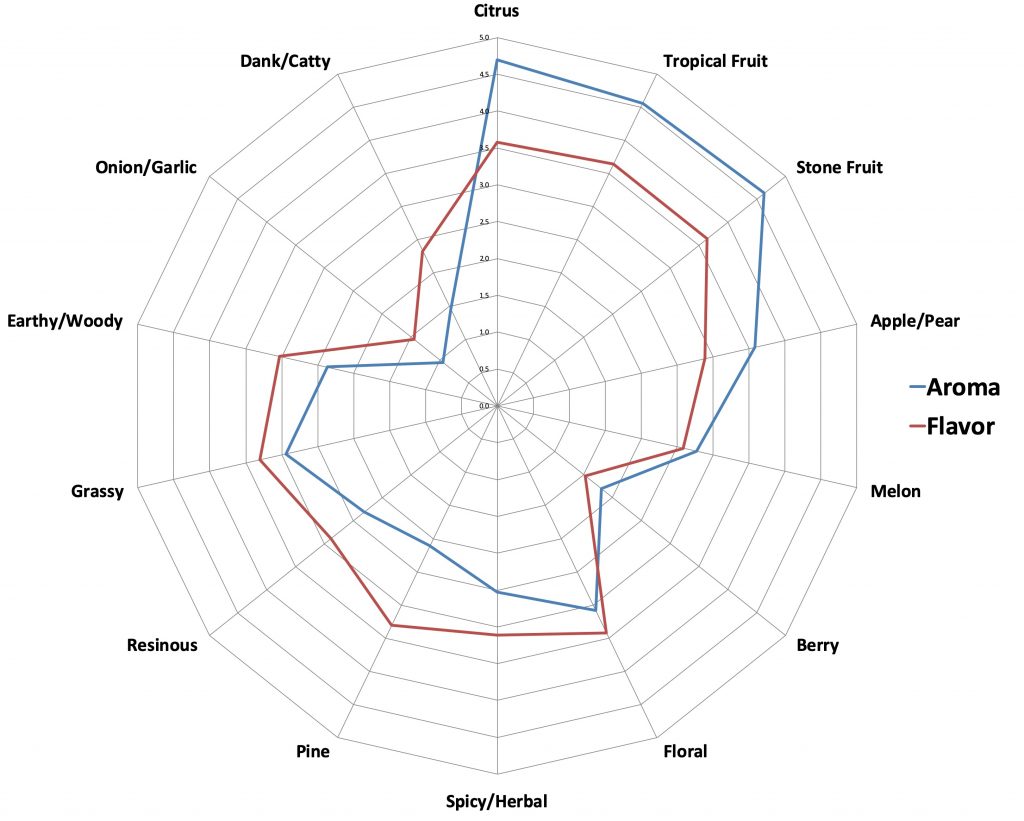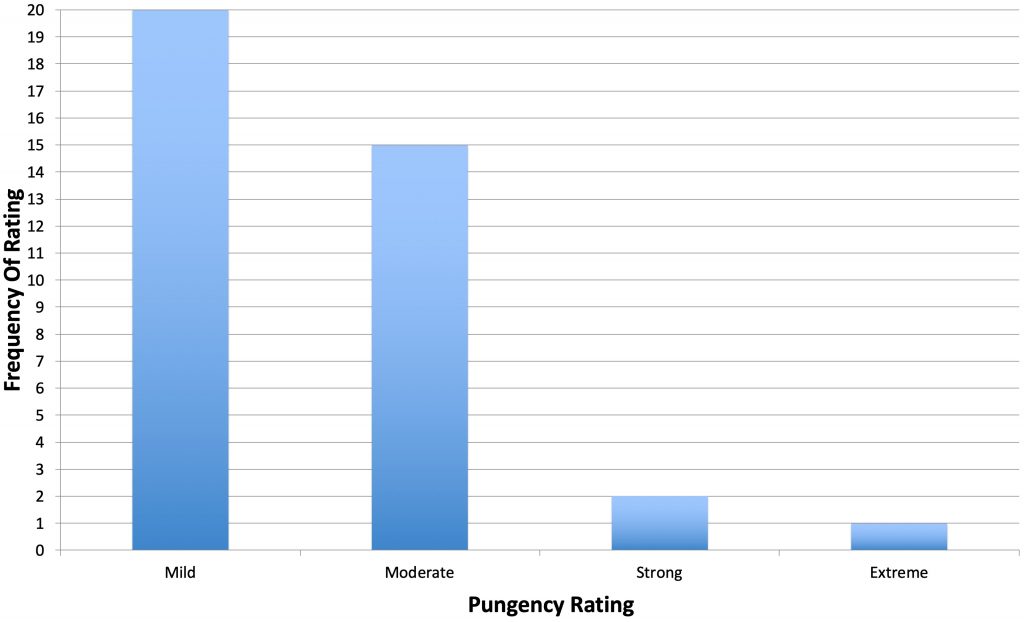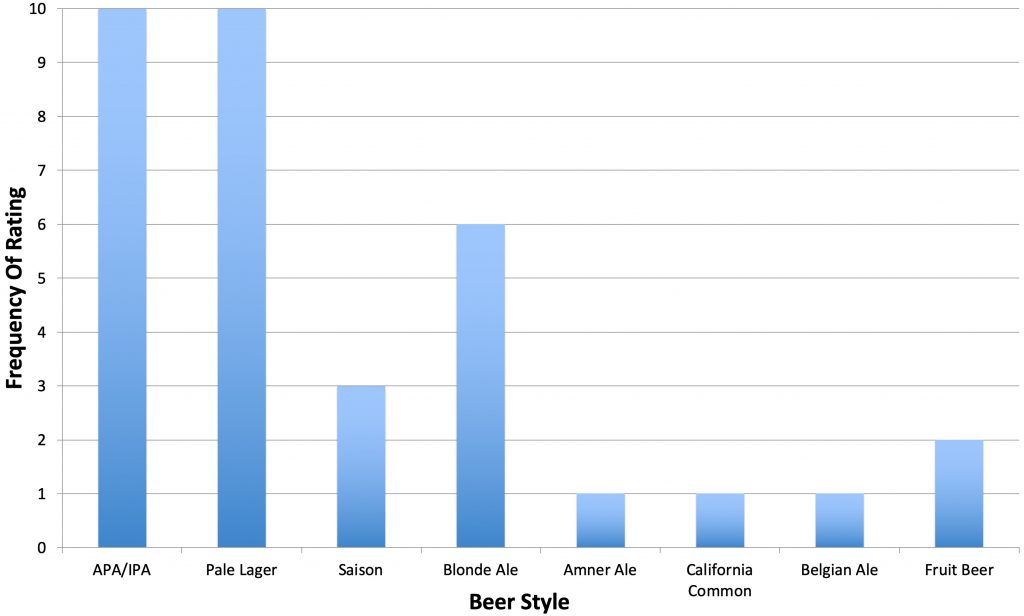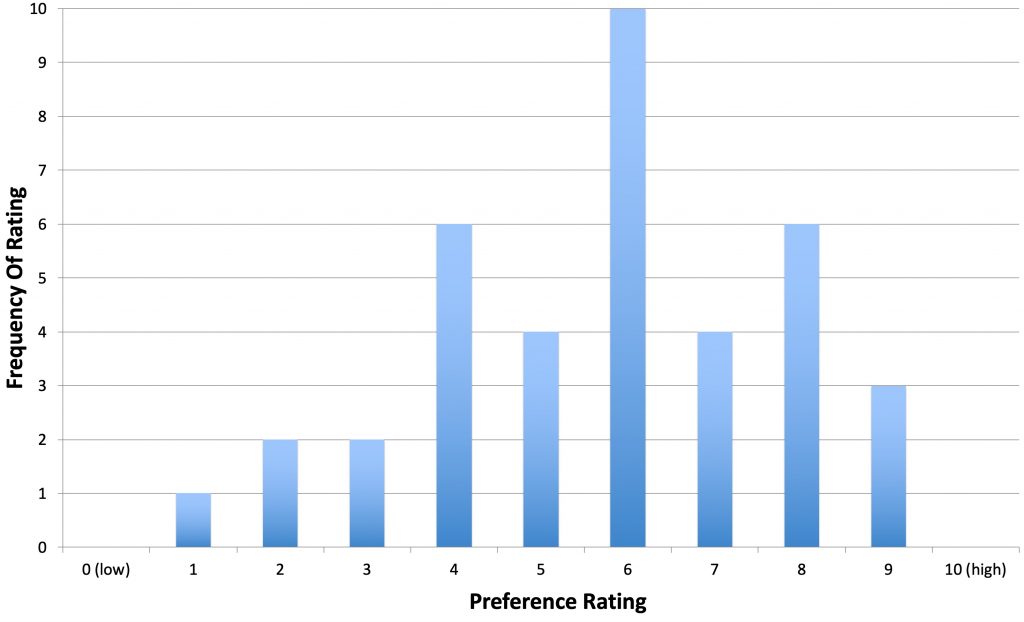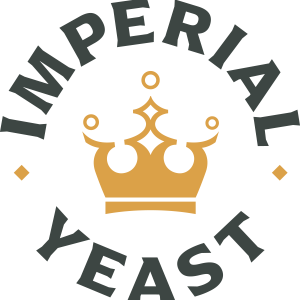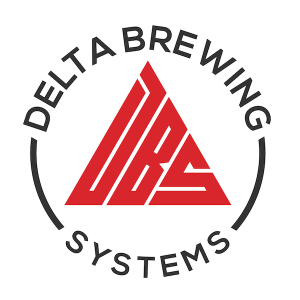Author: Paul Amico
Intentionally bred by the New Zealand Hop Breeding Programme to serve as a solid bittering and aroma hop, Rakau has developed a positive reputation among brewers for its ability to impart a broad fresh fruit characteristic to beer. Overshadowed to some degree by other popular Kiwi varieties, Rakau is known to be slightly less pungent while still packing a solid myrcene punch.
Alpha: 10 – 11%
Beta: 5 – 6%
Cohumulone: 24% of alpha acids
Total Oil: 2.2 mL/100g
Myrcene: 56%
Humulene: 16.3%
Caryophyllene: 5.2%
Farnesene: 4.5%
Linalool: unknown
ß-Pinene: unknown
Parentage: Daughter of Czech Saaz
I’ve used Saaz many times and enjoy it immensely in lighter styles, so my interest was piqued when I learned Rakau was bred from this traditional noble hop. Curious to learn more about this New Zealand variety, I brewed beer using it as the sole hop and served it to blind tasters for evaluation.
| MAKING THE BEER |
With the goal of allowing the hop character to sit center stage, the recipe for this batch was simple and clean.
Rakau Pale Ale
Recipe Details
| Batch Size | Boil Time | IBU | SRM | Est. OG | Est. FG | ABV |
|---|---|---|---|---|---|---|
| 6 gal | 60 min | 35.6 IBUs | 5.7 SRM | 1.053 | 1.013 | 5.4 % |
| Actuals | 1.053 | 1.014 | 5.2 % | |||
Fermentables
| Name | Amount | % |
|---|---|---|
| Lamonta American-style Pale Malt (Mecca Grade) | 10 lbs | 83.33 |
| Vanora Vienna-style Malt (Mecca Grade) | 2 lbs | 16.67 |
Hops
| Name | Amount | Time | Use | Form | Alpha % |
|---|---|---|---|---|---|
| Rakau (Alpharoma) | 10 g | 45 min | Boil | Pellet | 9.3 |
| Rakau (Alpharoma) | 16 g | 30 min | Boil | Pellet | 9.3 |
| Rakau (Alpharoma) | 16 g | 15 min | Boil | Pellet | 9.3 |
| Rakau (Alpharoma) | 50 g | 2 min | Boil | Pellet | 9.3 |
| Rakau (Alpharoma) | 50 g | 3 days | Dry Hop | Pellet | 9.3 |
Yeast
| Name | Lab | Attenuation | Temperature |
|---|---|---|---|
| Independence (A15) | Imperial Yeast | 74% | 60°F - 72°F |
Notes
| Water Profile: Ca 92 | Mg 1 | Na 10 | SO4 153 | Cl 50 |
Download
| Download this recipe's BeerXML file |
I started my brew day by collecting the full volume of water and lighting the flame under it, after which I milled the grains.
Once the water reached strike temperature, I added the grains and stirred to incorporate before letting it rest at 150°F/66°C for an hour.
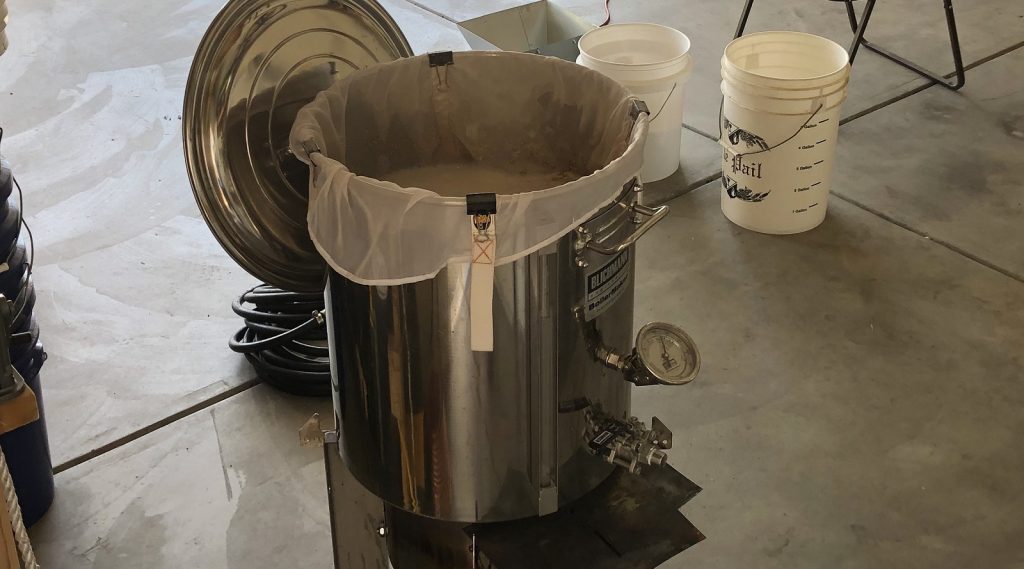
During the mash rest, I weighed out the kettle hop additions.
When the mash was complete, I pulled the grain bag out of the kettle and let it drip while the wort heated up.
The wort was boiled for 60 minutes with hops added at the times listed in the recipe.
At boil’s end, I quickly chilled the wort then took a refractometer reading confirming it had hit my target OG.
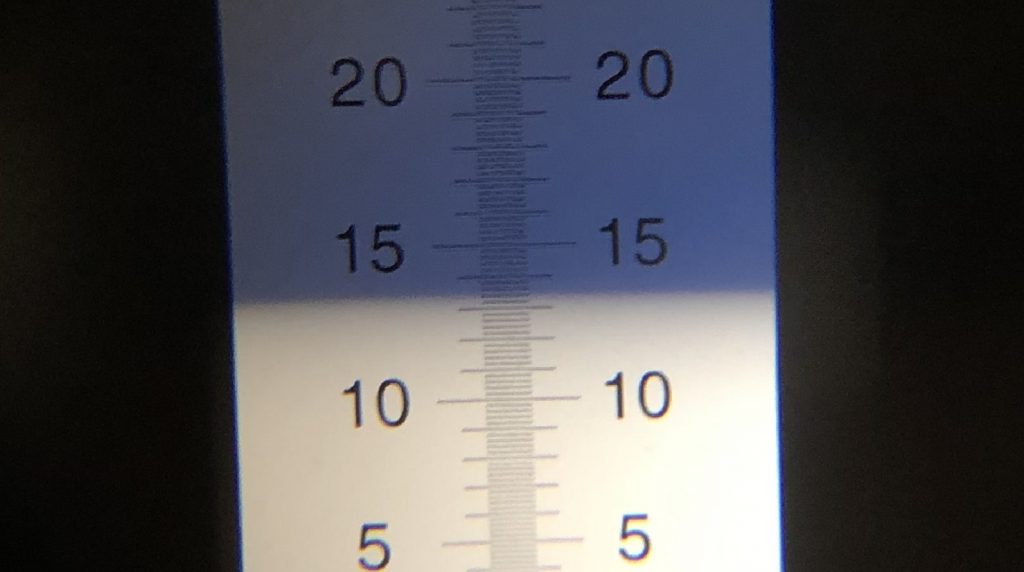
The chilled wort was then transferred to a sanitized fermentation vessel.
The fermentor was placed in my temperature controlled chamber before I pitched a pouch of Imperial Yeast A15 Independence.
After a few days of fermenting at 66°F/19°C, I added the dry hop charge then left it alone for another 3 days before taking a hydrometer measurement confirming FG had been reached.
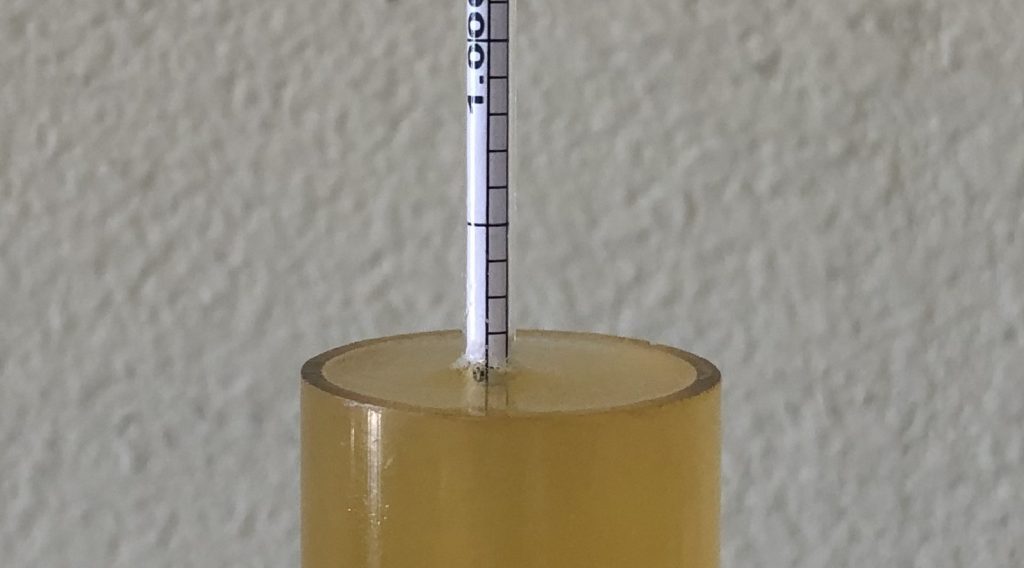
Next, I pressure transferred the beer to a CO2 purged keg.
The beer was burst carbonated overnight in my kegerator then left to condition for a week at serving pressure before it was ready to serve to blind tasters.
| METHOD |
Participants were instructed to focus only on the aromatic qualities of the beer before evaluating the flavor. For each aroma and flavor descriptor, tasters were asked to write-in the perceived strength of that particular characteristic on a 0-9 scale where a rating of 0 meant they did not perceive the character at all and a 9 rating meant the character was extremely strong. Once the data was collected, the average rating of each aroma and flavor descriptor was compiled and analyzed.
| RESULTS |
A total of 38 people participated in the evaluation of this beer, all blind to the hop variety used until after they completed the survey. The average aroma and flavor ratings for each descriptor were plotted on a radar graph.
Average Ratings of Aroma and Flavor Perceptions
The 3 characteristics endorsed as being most prominent by participants:
| Aroma | Flavor |
| Citrus + Stone Fruit (tie) | Stone Fruit |
| Tropical Fruit | Tropical Fruit |
| Apple/Pear | Citrus + Floral (tie) |
The 3 characteristics endorsed as being least prominent by participants:
| Aroma | Flavor |
| Onion/Garlic | Onion/Garlin |
| Dank/Catty | Berry |
| Berry | Dank/Catty |
When asked to rate the pungency/strength of the hop, most tasters perceived it as being mildly to moderately pungent.
Tasters were then instructed to identify beer styles they thought the hop would work well in.
Finally, participants were asked to rate how much they enjoyed the hop character on a 1 to 10 scale.
My Impressions: To my palate, this Rakau Pale Ale was a lot more mild than I expected given the hop’s oil content and the amount used in the recipe. I definitely picked up fruity notes in the aroma, but it wasn’t very strong, and it was even more subdued in the flavor, which I perceived as being slightly more earthy. In the context of a Pale Ale, I found Rakau to be somewhat underwhelming; however, I can see it working beautifully in lighter styles such as Pilsner, Kölsch, and Blonde Ale.
| CONCLUSION |
Hops grown in New Zealand are often viewed as being very characterful, often with pungent fruitiness. Based on most existing descriptions, Rakau would seem to fit this bill well– “bursting with a big fruit-forward character that is described by the breeder as the whole orchard,” according to Yakima Valley Hops. Indeed, blind evaluations of a beer hopped solely with Rakau do suggest citrus, stone fruit, and tropical fruit as being the most prominent characteristics. However, the hop pungency was unexpectedly rated as being largely mild to moderate.
Considering Rakau originated from Czech Saaz, which is also relatively mild, the muted pungency ratings aren’t terribly surprising. Moreover, it seemed most people thought the overall hop character was rather enjoyable, with 76% rating it a 5 or higher on a 10 point scale. The fact tasters identified Pale Lager, Blonde Ale, and Saison as styles this hop would work well in suggest that, while it may not pack the punch of some modern varieties, it may offer a unique twist for less hop-forward beers.
Initially, I was somewhat disappointed with this Rakau beer, mostly because I was expecting it to have a stronger hop character based on what I’d read about it. However, as I continued to sample it while on tap, I realized it could be great in lighter styles or as a supplement to other hops in hoppier styles. In fact, I was blown away by the aroma and flavor I got when blending this Rakau beer with an equal amount of The Hop Chronicles Sabro Pale Ale. While I may not rely on Rakau as the sole variety in hoppier styles, I definitely plan to continue playing around with it to learn more about what it can do!
Rakau hops are available now at Yakima Valley Hops, get them while you can! If you have any thoughts on this variety, please feel free to share them in the comments section below.
Support Brülosophy In Style!
All designs are available in various colors and sizes on Amazon!
Follow Brülosophy on:
FACEBOOK | TWITTER | INSTAGRAM
If you enjoy this stuff and feel compelled to support Brulosophy.com, please check out the Support page for details on how you can very easily do so. Thanks!



